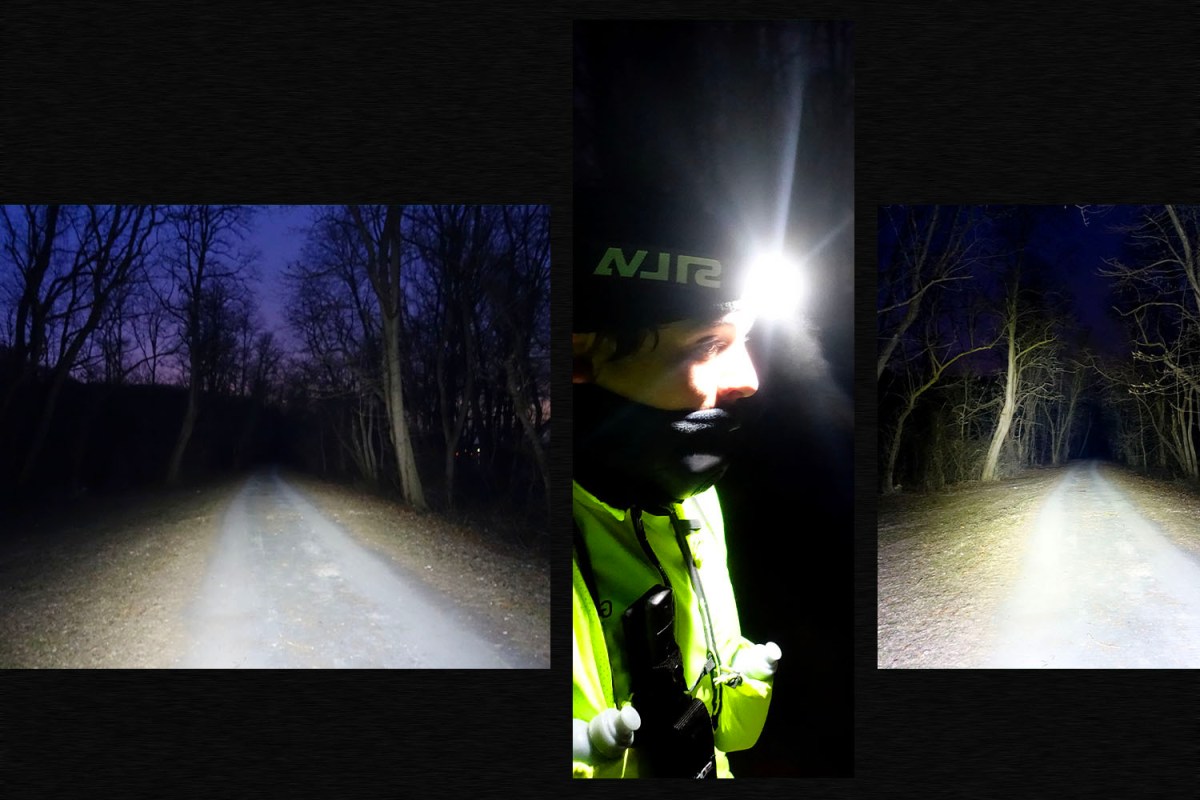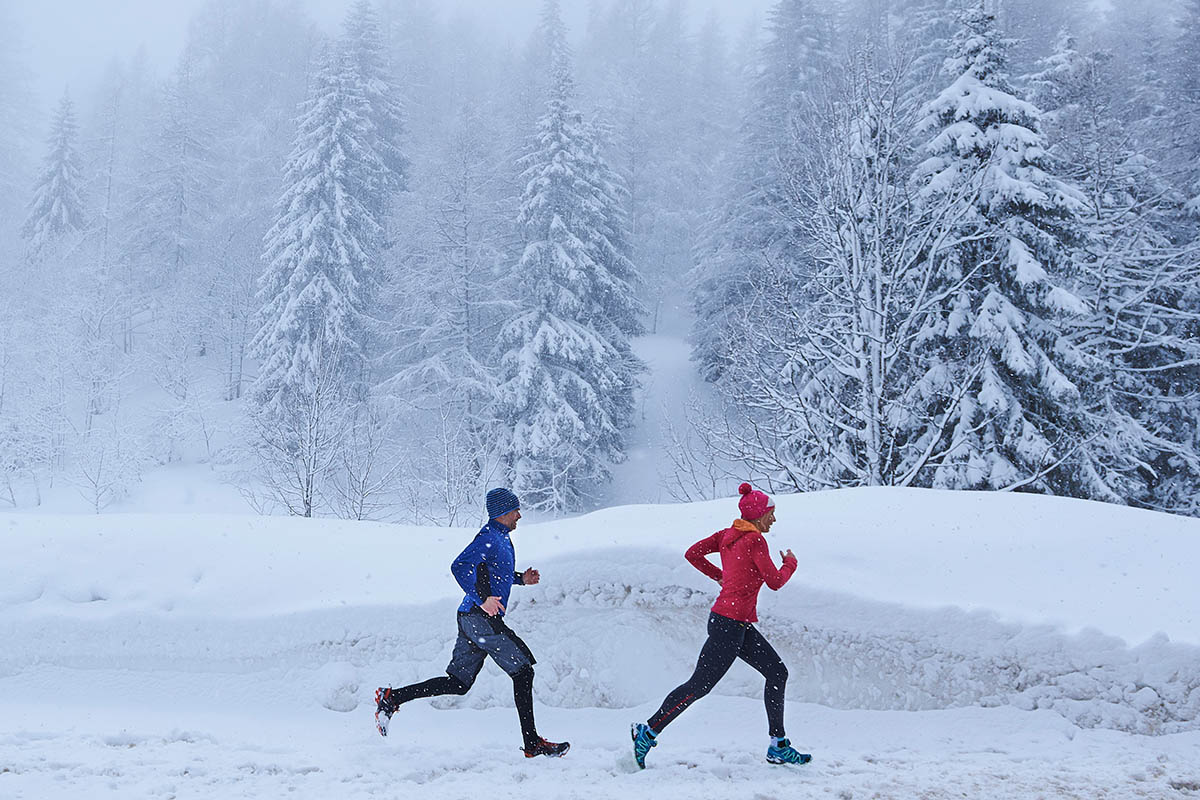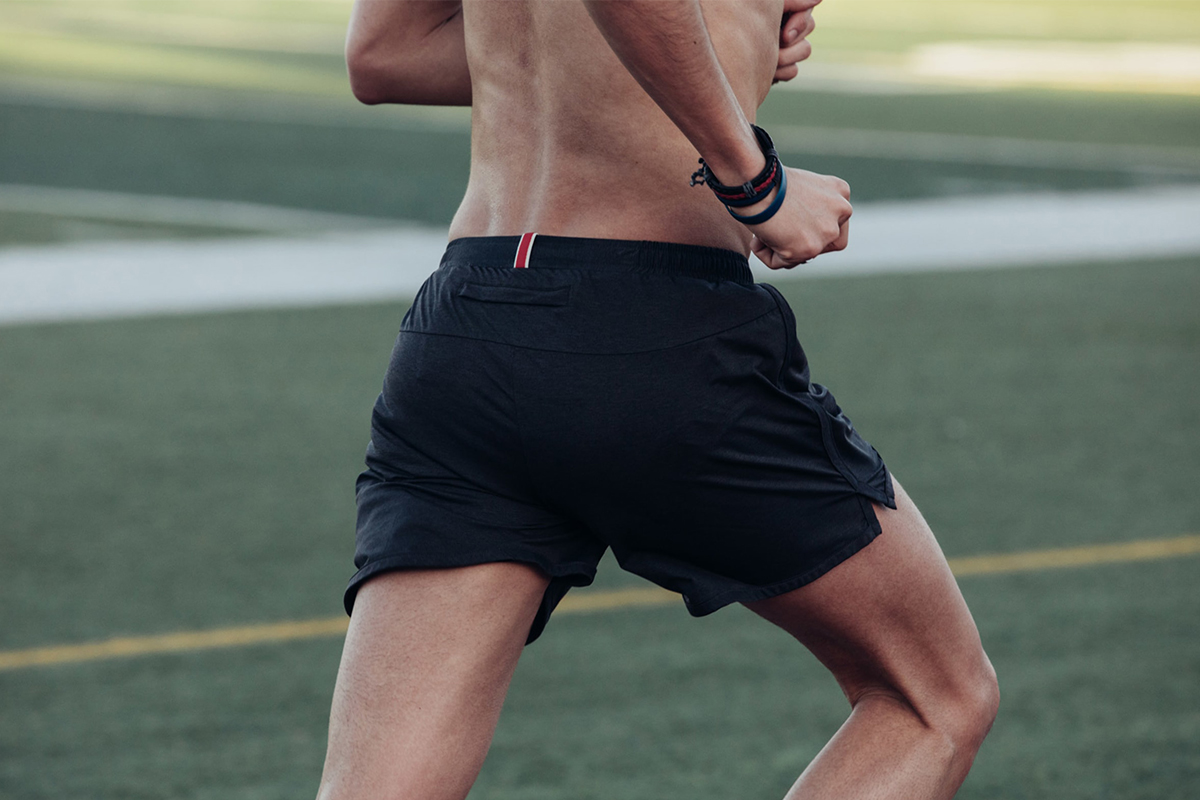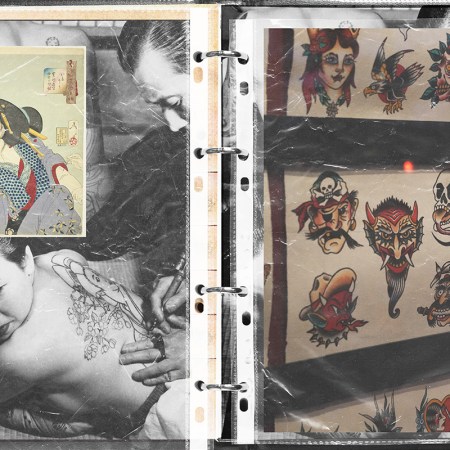Running through the woods at night seems like something from a fairy tale with a gruesome ending, but I’m here to tell you that it’s actually fun. Not only will you feel like the only human being on earth (at least for a few hours), but you will experience pure primal fear at every turn until you get used to it. Night trail running is these days part of any ultrarunner’s training routine; before then, it was most likely limited to specialized training in the armed forces.
The sport of ultrarunning has been around since the 1970s, but until recently was regarded as something for eccentrics with superhuman abilities. The rise in popularity of the sport with normal people such as myself might not be due to the extended physical challenge of running a long distance, but rather the feeling of intense camaraderie with other endurance athletes, and the experience of being out in nature for longer than 24 hours. Anything over 26.2 miles is considered an “ultra,” though the most popular distances are 50km, 50 miles, 100km and 100 miles. With few exceptions, the events take place on trails, which means that runners often go all night. As ultrarunners need more than gels and water to sustain such an extended effort, aid stations are often set up along the race course, inviting runners to eat, drink, and get access to first-aid and other vital things like anti-chafing cream.
Trailrunning at night, though, is not only for ultrarunners: anybody who wants to get away from civilization and see the world in an entirely new way should consider adding it to their routine.
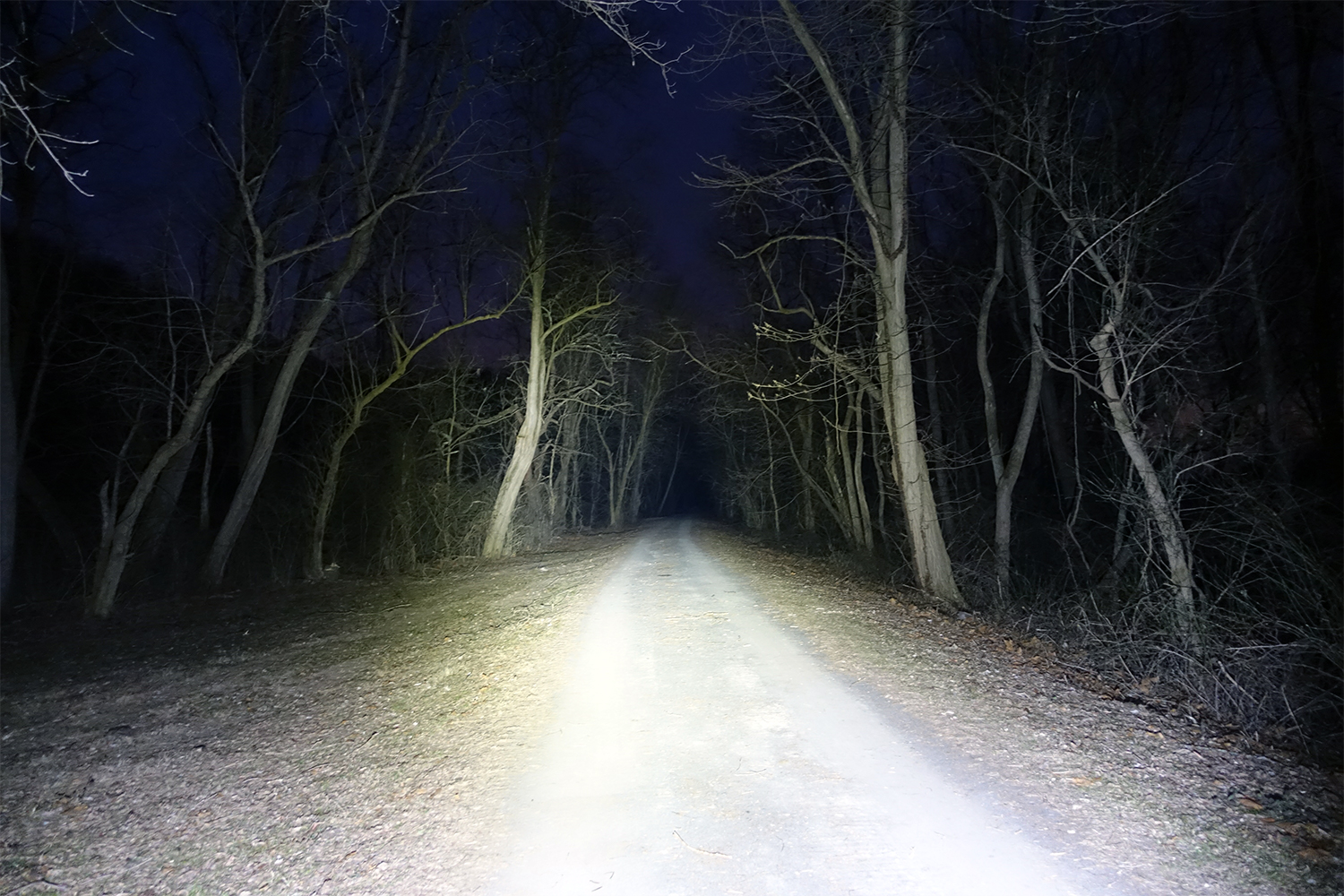
While planning my first long night run, one of the biggest problems I came across was parking, as many state park lots are closed at night, and perhaps even patrolled. Running in Central Park was not rugged enough, and posed certain other dangers you won’t find in the woods (including getting a ticket for breaking curfew). I decided on an old towpath that would allow me to cross the border between Pennsylvania and New Jersey a couple of times on a night loop. I could park in the town and walk 10 yards to pick up the trail.
Researching the route, I discovered that part of my path would run parallel to an old, out-of-use canal which would almost certainly be iced over. Without proper lighting, shoes and focus, a misstep could have interesting consequences. The canal was built in the early 1800s. During its construction, cholera broke out amongst the 4,000-plus workers. Those who succumbed were buried alongside the canal — under the very ground I would be running over. I did wonder if anything spooky would happen, and strangely, a few miles into the run, with the thermometer way below freezing, I did actually come across someone on the path. He showed up in my headlight seventy or eighty yards ahead, which caused him to stop moving as I got closer. A ghost? An old man out for a night walk? I’ll never know. I did say hello, but he wouldn’t look up from the ground, possibly because I’d blinded him.
Thankfully I had prepared meticulously for my maiden night run with the help of two experts. As somebody new to the sport, with only one endurance event under my belt (not strictly an ultramarathon), I got in touch with Corrine Malcolm and Jim Walmsley, who are both celebrities in the world of ultrarunning, and highly experienced night trail runners.
In October 2020, Corrine ran the 275km (171 miles) Tahoe Rim Trail nonstop, in a time of 44 hours and 51 minutes, setting a new FKT (fastest-known-time) and beating the old record by more than two-and-a-half hours. And just a couple months ago, Jim competed in HOKA’s Project Carbon X 2, running 100km in six hours, nine minutes and 25 seconds, which shattered the American record, and was only 11 seconds shy of the world record. To put this in perspective, imagine running sub six-minute-miles for 62.2 miles.
Corrine told me that she enjoys night running — even in training. “It’s really quiet, but what makes it daunting is also what makes it special. For peace of mind, she often runs with her dog, carries sound alarms, and sometimes even pepper spray for semi-wild dogs. She also stresses the importance of telling someone where you’re going and for how long. A satellite communicator like the Garmin InReach Mini is also good in case you get hurt and can’t physically move. The easiest safety precautions, however, are simply to run with a friend and to have the right equipment.
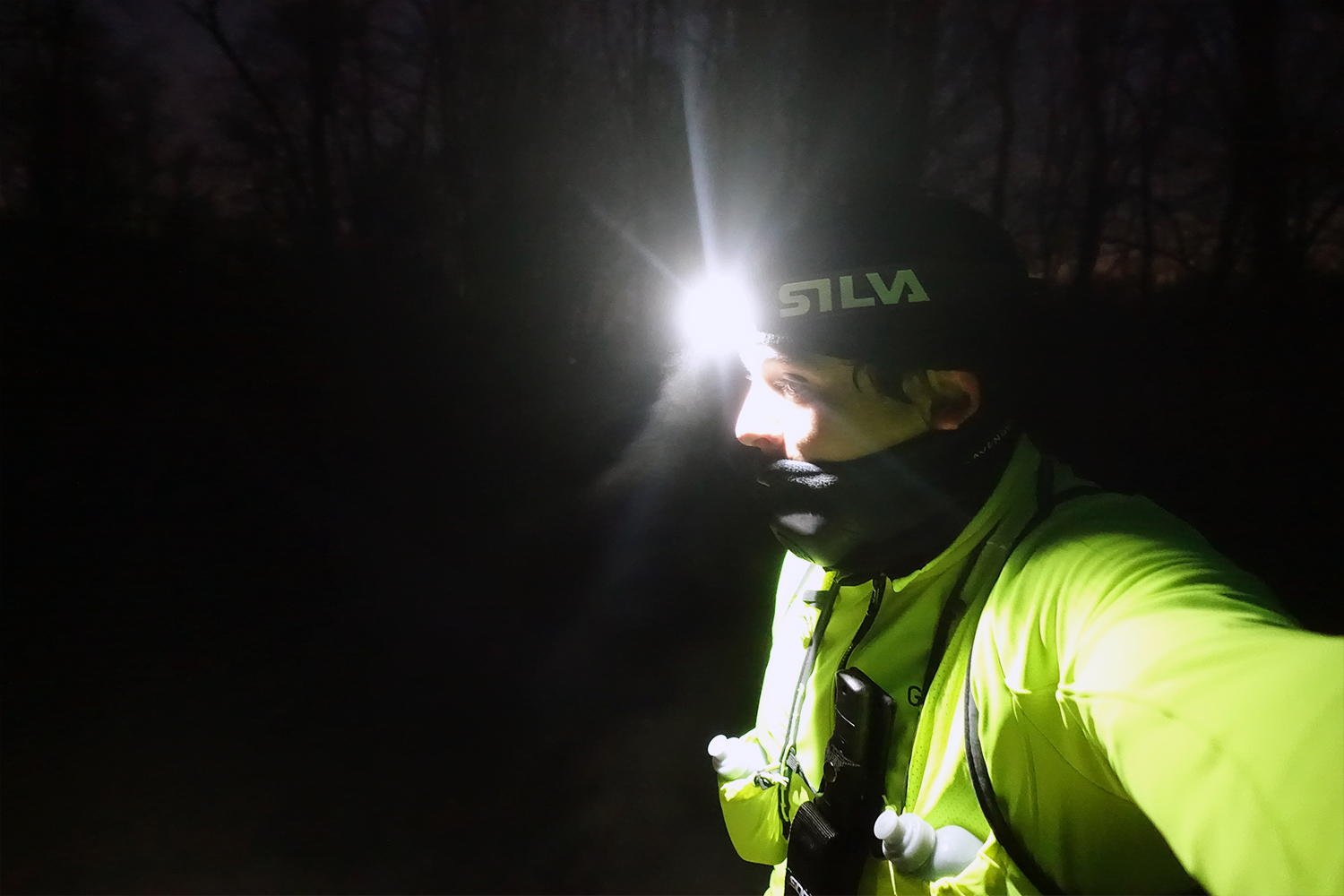
“If you hear a noise,” Corrine explains, “the likelihood is that it’s something that won’t hurt you, though my heart-rate is never so high as when a grouse takes off next to me and I don’t see it.”
Jim Walmsley enjoys running in the dark for the peacefulness and open trails. “In lower elevations in Arizona, the desert comes to life with all sorts of critters, which is a treat to see with a headlight. It can provide a mental focus which is soothing.”
His main pieces of advice for anyone running on trails at night include investing in a bright headlamp with a long battery life; trying a waist light, as the different angle offers help to see shadows and terrain better; and bringing backup batteries and a backup lamp — along with more safety gear than you would for a run during the day, just in case something goes wrong.
He also advises being prepared for your specific conditions, like how technical the terrain will be. “When I am in big mountains doing night runs, I always have extra calories and I always bring a rain jacket as my main line of defense to the elements.”
Six miles into my own night run along the old towpath, I was past the frozen canal and the strange figure I confronted there, and had settled down into a rhythm. I was used to the darkness by then and felt completely comfortable, though couldn’t help but look back from time to time. The animals I saw were those one never sees in the day, and at the first sign of my approach they went into a full-blown panic, which seems very, very loud when you’re alone in the middle of nowhere.
This might have been one of the only times in my life when I could stand still and hear absolutely nothing. When dawn came, it was magnificent, like a visual poem. Running through first light and then into sunrise was marvelous, spiritual even, and I quickly felt like running at night is something I could do regularly. Though next time, I might ask a friend to join me.
Whether you’re looking to get into shape, or just get out of a funk, The Charge has got you covered. Sign up for our new wellness newsletter today.
